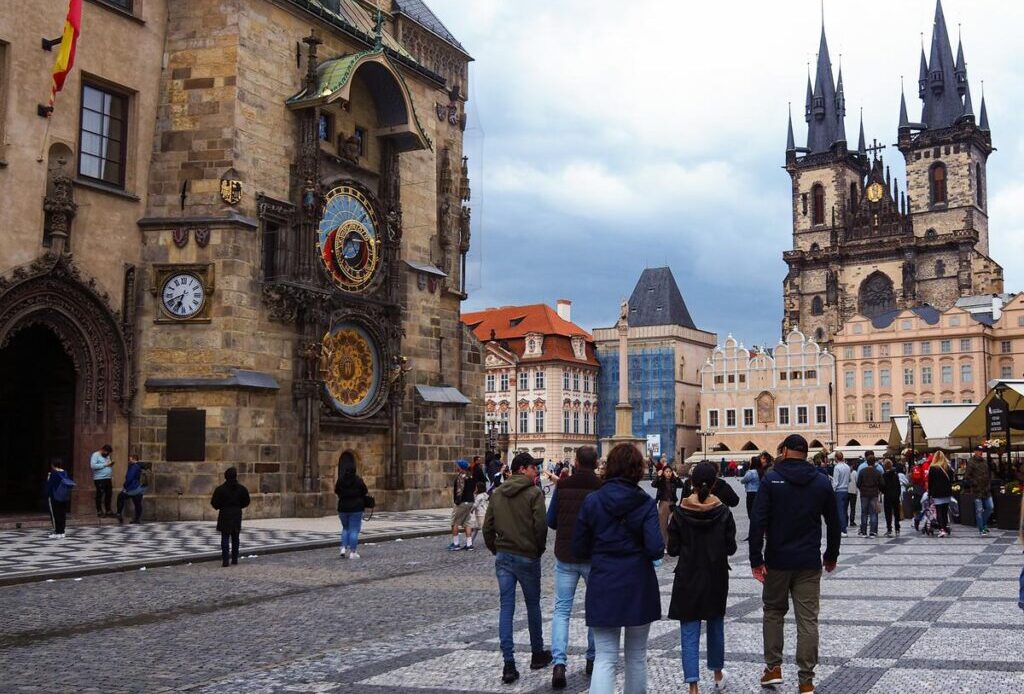Place Details
Name: Prague Astronomical Clock
Rating: 4.6 / 5
City: Prague
Country: Czech Republic
Address: Staroměstské nám. 1, 110 00 Josefov, Czechia
About Prague Astronomical Clock
Marvel at one of Prague’s most iconic landmarks, the Prague Astronomical Clock, nestled in the heart of Old Town Square. This engineering masterpiece, installed in 1410, stands as the oldest astronomical clock still operational today, weaving together the threads of history, astronomy, and artistry in a captivating display that has enchanted visitors for centuries.
Crafted by the skilled clockmaker Mikuláš of Kadaň and the esteemed mathematics and astronomy professor Jan Šindel, the clock’s intricate mechanics were far ahead of their time. Over the years, it has been adorned with wooden statues and the revered Apostles, making each hourly show a spectacle that draws crowds from around the globe.
The History of the Prague Astronomical Clock

Installed in 1410, the Prague Astronomical Clock (Pražský orloj) is the oldest astronomical clock in the world. Clockmaker Mikuláš of Kadaň and mathematics and astronomy professor Jan Šindel created the mechanical elements of the clock centuries ago. The wooden statues were added in the 17th century and replaced with the Apostles in the late 18th century.
Around the clock, four figures represent vanity, greed, death, and lust. Other than the skeleton (death), the other figures represent the binds that keep man tethered to his mortal coil. In addition to these figures, the 12 Apostles appear every hour on the hour in a sort of parade. Astute observers will note that Paul and Barnabas are among the dozen rather than James the Great and Matthew.
The clock’s other important component is the astronomical dial, which shows astronomical signs and the sun’s and moon’s positions. An astrolabe, the clock represents a form of Medieval astronomy that remains a fascinating science even centuries later. You…
Click Here to Read the Full Original Article at ViaTravelers…
